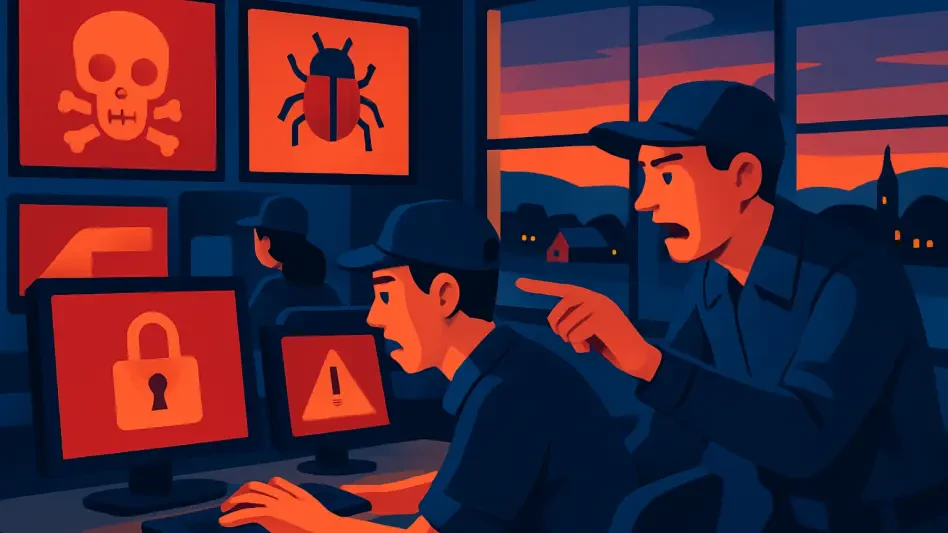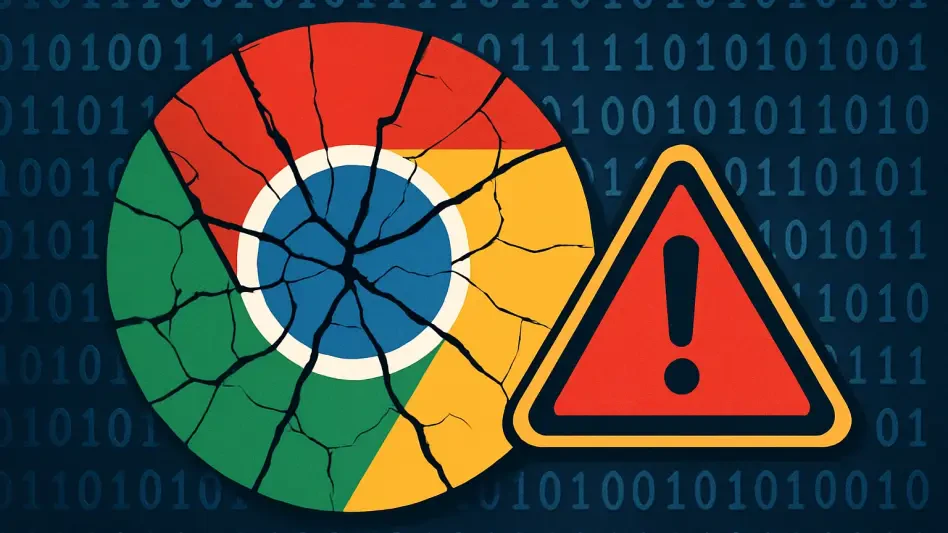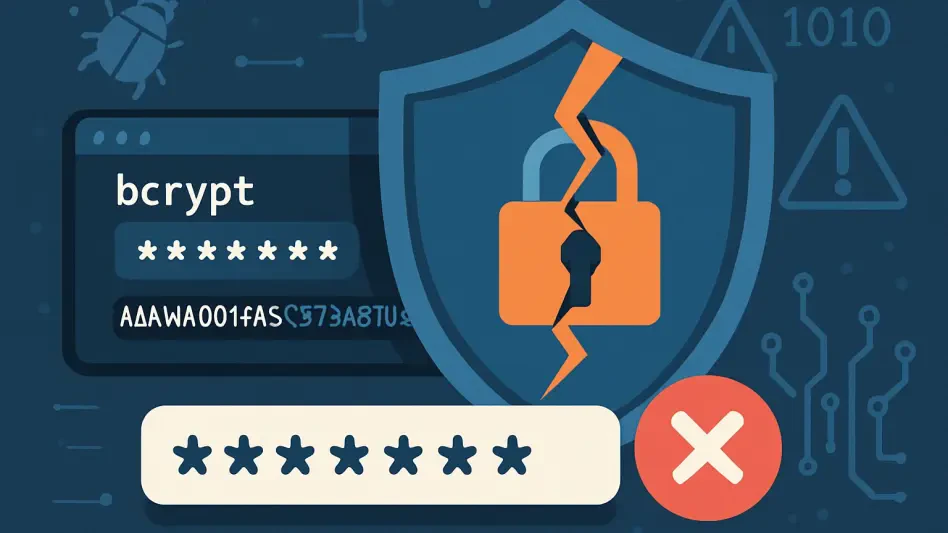The digital landscape is constantly evolving, and with it, so are the threats that organizations must be vigilant about. Recently, a new vulnerability, tracked as CVE-2025-31161, has been discovered in the widely-used enterprise file transfer solution, CrushFTP. This vulnerability allows attackers to bypass authentication mechanisms, granting unauthorized access to sensitive systems. Initial exploitation attempts, reported by the cybersecurity firm Huntress starting March 30, have escalated, posing significant risks to organizations in various industries, including marketing, retail, and semiconductors.
The Origins and Exploitation of CVE-2025-31161
The controversy surrounding the disclosure process of CVE-2025-31161 has sparked intense debate within the cybersecurity community. Researchers at Outpost24 were the first to uncover the flaw and chose to release early details, a decision that CrushFTP developers argue hastened exploitation efforts. Critics of this early disclosure argue that it provided attackers with the information needed to exploit the vulnerability more swiftly. The disagreement underscores the necessity for carefully coordinated vulnerability disclosures that balance transparency with security concerns to protect enterprises effectively.
Attackers leveraging this vulnerability employed various tools to maintain their foothold in compromised systems. Tools like AnyDesk and MeshAgent were used to ensure persistent access, while credentials were harvested from system registries to broaden the scope of their infiltration. Compromised systems relayed critical telemetry data to attackers via a Telegram bot, indicating a sophisticated and organized approach to exploiting the vulnerability. Although the specific threat actor responsible remains unidentified, the use of legitimate remote access tools suggests that data theft was a possible motive behind these attacks.
The Industry’s Response and Mitigation Strategies
The initial tracking of this vulnerability by VulnCheck as CVE-2025-2825 and its subsequent re-designation by MITRE as CVE-2025-31161 induced some confusion in the cybersecurity industry. This confusion highlights the importance of clear communication and standardized procedures in vulnerability tracking and management. In response to the ongoing exploitation, the U.S. Cybersecurity and Infrastructure Security Agency (CISA) urgently added CVE-2025-31161 to its Known Exploited Vulnerabilities catalog. This inclusion underscores the critical need for immediate action by affected organizations to mitigate potential damages and prevent further exploitation.
To address this vulnerability, CrushFTP developers released patches on March 21, emphasizing the importance of timely patch application. Organizations using CrushFTP must prioritize the deployment of these patches to protect their systems from unauthorized access. Regular security updates and maintaining an up-to-date vulnerability management program are essential practices to prevent such risks. Enterprises should also conduct comprehensive security audits to identify and address potential weaknesses in their infrastructure, ensuring robust defense mechanisms are in place.
Lessons Learned and Moving Forward
The digital landscape is always changing, and with these advancements come new threats that organizations need to carefully monitor. A recently discovered vulnerability, designated as CVE-2025-31161, has been identified in the popular enterprise file transfer solution, CrushFTP. This security flaw permits attackers to bypass authentication mechanisms, giving them unauthorized access to sensitive systems. The cybersecurity firm Huntress has documented initial exploitation attempts since March 30, which have since escalated. The severity of this issue presents significant risks across a wide range of industries, including marketing, retail, and semiconductors. Organizations operating in these sectors must prioritize addressing this vulnerability to protect their systems and data. As cyber threats continue to evolve, staying vigilant and up-to-date with the latest security practices is crucial for safeguarding critical infrastructure and maintaining operational integrity.








